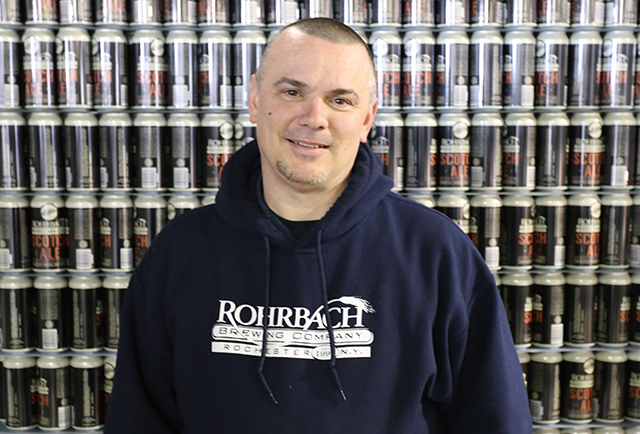
Although Rohrbach Brewing has been around since 1991, the canning line didn’t roll of its first packaged product until just a few years ago.
The results have expanded the options for the Rochester, New York brewery in terms of clients able to sell its beer, but it had a secondary benefit.
Director of Brewing Operations Jim McDermott said the brewery’s quality has increased.
“The canning process lends itself to hyper-focusing on doing it right,” he said. “Getting a hold of all parts of the process. It’s been a great vehicle for us.”
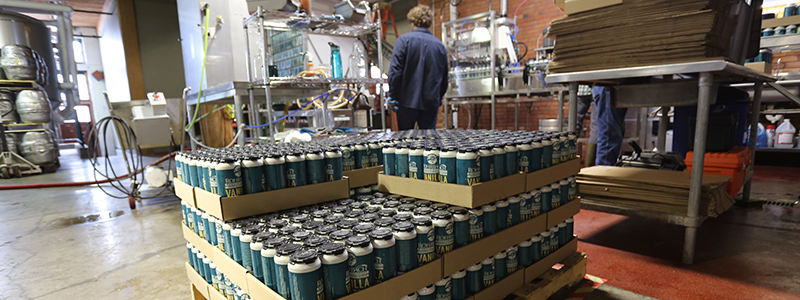
The decision to begin canning in 2014 happened a few years prior. McDermott, who left for six years after starting in 1996 and returned in 2013, said the canning line was purchased, but not put together when he returned.
“They wanted to be able to control oxygen, the sustainability of it and the weight is less to ship,” he explained of choosing to can. “It’s a better package for the beer. It seemed a no-brainer.”
Even with the product in cans now, McDermott said that Rohrbach won’t be looking to expand much past what they are in terms of territories. Quality is first and that means having fresh beer stay cold through the entire purchasing process.
“We don’t want to send a can two states over to die,” he said, noting that the brewery has had such success with cans it has to turn down offers for end capped pallets in favor of six packs in cold storage.
“It’s really now down to how much we want to put our foot to the pedal … but that gets into the quality question,” he said. “We know the beer can be put on the shelf warm for a certain amount of time, but it definitely isn’t as good. We have made a conscience decision with our retail customers to keep it cold through the supply chain.”
That limits how much Rohrbach moves in a certain location, but McDermott said the brewery would rather take a little less in sales and be the right quality than get a bunch of abused beer out there for a quick sale.
“The market is wide open, but we are very conservative about where the beer goes, how it’s treated and we still have our foot on the brake at this point,” he said.
McDermott has seen change over the years, but a focus on quality never changes. He feels that sourcing materials may be what creates challenges in the years to come as more and more breweries open, yet he calls this time period of craft beer “exciting and positive.”
“If you focus on making delicious beer it will sustain a lot,” he said. “We have been conservative of how we grow and if we can whether the ups and downs of the market. We have pushed quality and local and sometimes it’s been easier and sometimes it’s been harder and it’s still working.
“We want quality beer everywhere. We don’t want to go back to the days of inconsistency.”
The brewery began canning its four main beers going into cans, including its Scotch Ale, which is about 50 percent of its sales.
McDermott noted that the printed cans from one vendor are for year-rounds while he expects to use one-off labels on blank cans from a secondary vendor heading into 2017.
“With those two models, the truck full of printed cans and a pallet or two of blanks with shrink wrap labels, we really do have that flexibility to serve both of those needs,” he said. “We’ve been about the traditionals first, but we are teeing up a new label every eight weeks or so to do in cans. It’s been an exciting time.”
The cans are 16-ounce “tallboys,” was also a ‘no-brainer’ for McDermott.
“Well, we serve pints [at the taproom] and it just made sense,” he said.
“Sixteen ounces just seems right, 12 isn’t a full pint,” he added with a laugh. “It was a natural fit for us.”



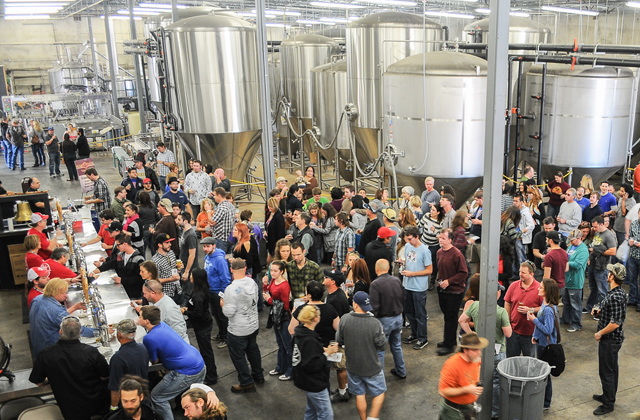
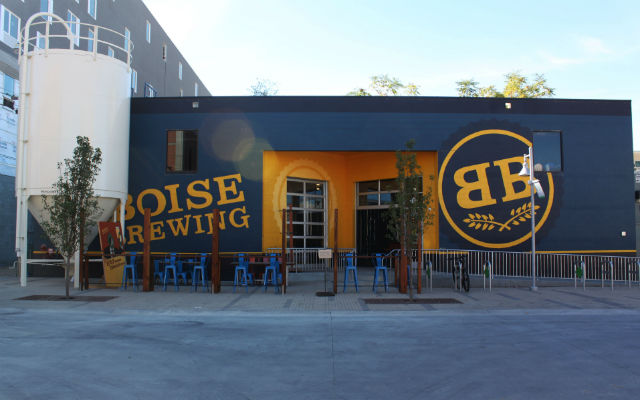
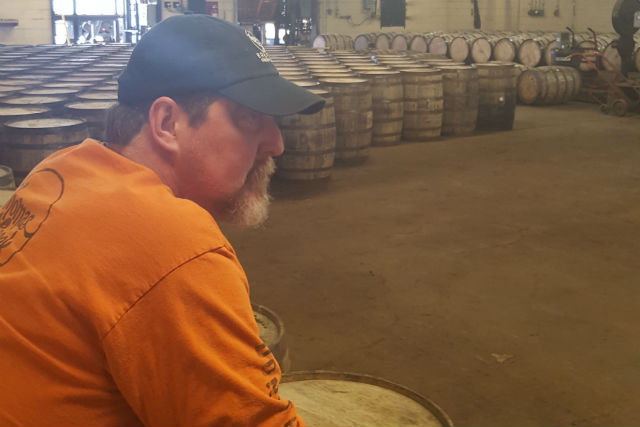
2 Trackbacks / Pingbacks